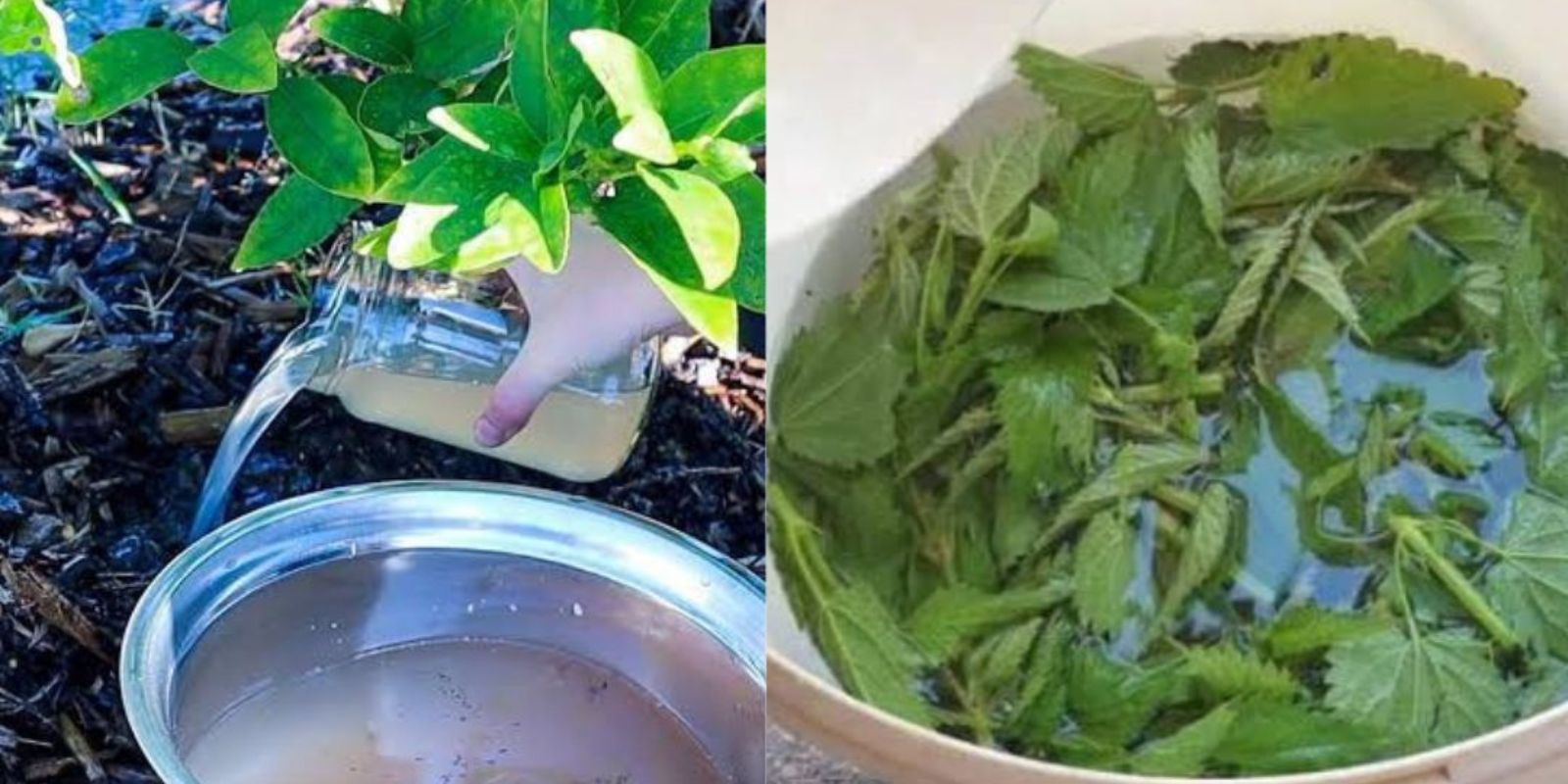Gardening is both an art and a science, requiring a balance of nurturing and practical know-how. Imagine having a solution that not only feeds your plants but also keeps harmful pests at bay—all using natural, affordable ingredients. In this guide, we’ll explore how to make and use the most powerful fertilizer and insecticide found in nature: used coffee grounds. This simple solution is effective, sustainable, and, best of all, free!
Why Coffee Grounds Are a Game-Changer
Coffee grounds are a rich source of essential nutrients like nitrogen, potassium, and phosphorus, which are critical for plant growth. Additionally, they contain trace minerals such as magnesium, calcium, and iron, further enhancing soil quality. Beyond fertilizing, coffee grounds have natural pest-repellent properties, deterring common garden invaders like ants, slugs, and snails.
How to Make and Use Coffee Grounds as a Fertilizer and Insecticide
Step 1: Collect Used Coffee Grounds
Start by saving coffee grounds from your daily brew. Whether you use a French press, espresso machine, or drip coffee maker, those leftover grounds are the star ingredient for this natural gardening remedy. Ask friends, family, or even local coffee shops if you need larger quantities.
Step 2: Prepare the Mixture
- As a Fertilizer:
Mix coffee grounds directly into the soil around your plants, but avoid over-applying as too much can create an overly acidic environment. - As a Liquid Fertilizer and Insecticide:
- Fill a bucket with water (about 5 liters).
- Add 2 cups of coffee grounds.
- Let the mixture steep for 24 hours, stirring occasionally.
This process releases the nutrients into the water, creating a nutrient-rich “tea” that serves as both fertilizer and pest control.
Step 3: Apply to Your Garden
- For Fertilizing Soil: Spread the used grounds thinly around the base of your plants, ensuring they are mixed into the top layer of soil to avoid clumping.
- For Foliar Spray (Pest Control): Strain the coffee tea to remove solid particles, then pour it into a spray bottle. Spray the solution onto plant leaves and stems to repel pests like aphids and mites.
- For Root Feeding: Pour the liquid directly at the base of plants for a nutrient boost.
Benefits of Using Coffee Grounds in Your Garden
- Improves Soil Structure: Coffee grounds help improve soil texture, making it more aerated and better at retaining moisture.
- Boosts Microbial Activity: The organic matter in coffee grounds encourages beneficial microorganisms to thrive, which is essential for healthy soil.
- Repels Pests: The natural acidity and scent deter common pests, protecting your plants without harsh chemicals.
- Enhances Composting: Coffee grounds are an excellent addition to compost bins, accelerating decomposition and balancing nitrogen levels.
Tips for Success
- Moderation Is Key: While coffee grounds are beneficial, using too much can create imbalances in soil pH. Test your soil regularly to ensure it stays neutral to slightly acidic.
- Avoid Direct Contact with Leaves: When applying coffee grounds or tea, avoid contact with plant leaves in direct sunlight to prevent burning.
- Combine with Other Organic Matter: For a well-rounded fertilizer, mix coffee grounds with other compostable materials like eggshells and banana peels.
Common Mistakes to Avoid
- Overloading the Soil: Excessive use of coffee grounds can make the soil too acidic, which may harm plants like beans and peas.
- Ignoring Plant Preferences: Some plants, such as tomatoes and blueberries, thrive in acidic soil, while others prefer neutral pH levels. Tailor your use of coffee grounds to the specific needs of your plants.
- Skipping Pest Monitoring: While coffee grounds repel many pests, they might not work on all. Monitor your plants regularly for signs of damage.
Plants That Love Coffee Grounds
Certain plants particularly benefit from coffee grounds due to their preference for slightly acidic soil. These include:
- Roses
- Azaleas
- Blueberries
- Carrots
- Radishes
- Hydrangeas
Environmental Impact
Using coffee grounds in your garden is not only effective but also environmentally friendly. By repurposing waste that would otherwise end up in a landfill, you’re contributing to a more sustainable planet. The natural decomposition of coffee grounds enriches the soil without adding synthetic fertilizers, reducing your carbon footprint.
Frequently Asked Questions
1. How often should I use coffee grounds in my garden?
For most plants, applying coffee grounds once every two to three weeks is sufficient. Adjust frequency based on plant needs and soil pH.
2. Can I use coffee grounds on all plants?
While coffee grounds benefit many plants, avoid using them excessively on alkaline-soil-loving plants like lavender or certain herbs.
3. Are fresh coffee grounds better than used ones?
Used coffee grounds are preferred because they are less acidic than fresh grounds, making them safer for a wider range of plants.
Conclusion
By harnessing the power of coffee grounds, you can create a thriving, pest-free garden at virtually no cost. This natural fertilizer and insecticide not only supports healthy plant growth but also aligns with sustainable gardening practices. Whether you’re a seasoned gardener or just starting, this simple, eco-friendly solution is worth incorporating into your routine.
Ready to give it a try? Share your results and experiences below—let’s grow greener together!

